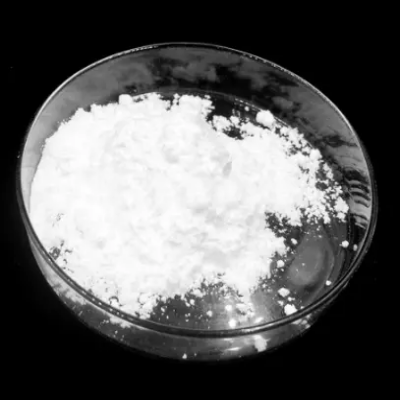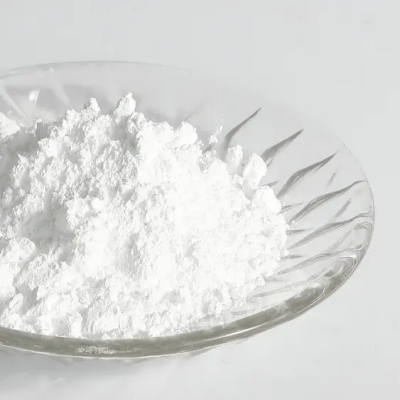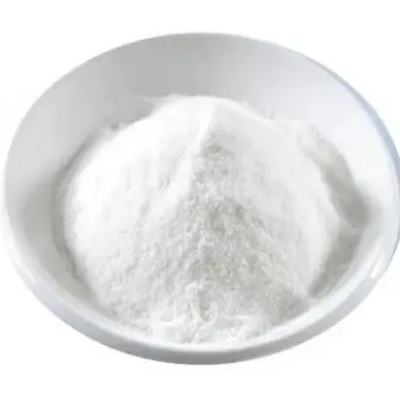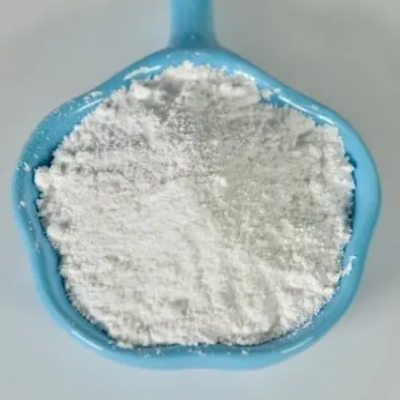p-Aminobenzamide CAS:2835-68-9
p-Aminobenzamide (PABA) serves a wide range of applications across industries, owing to its versatile chemical properties. In pharmaceuticals, PABA acts as a key intermediate in the synthesis of pharmaceutical compounds, contributing to the development of drugs for diverse therapeutic purposes. Its ability to undergo various functional group transformations makes it valuable in the production of analgesics, antipyretics, and antimicrobial agents. Moreover, PABA finds utility in the field of dye synthesis, where it serves as a precursor for the production of azo dyes and pigments. Through diazotization and coupling reactions, PABA-derived compounds impart vibrant colors to textiles, plastics, and other materials, catering to the needs of the textile, printing, and coloring industries. In organic synthesis, PABA acts as a versatile building block for the construction of complex molecules. Its amino and carboxamide functional groups enable it to participate in condensation, substitution, and cyclization reactions, facilitating the synthesis of heterocyclic compounds, polymers, and specialty chemicals. Additionally, PABA exhibits UV-absorbing properties, making it a common ingredient in sunscreens and cosmetic formulations. By absorbing and dissipating UV radiation, PABA helps protect the skin from harmful effects such as sunburn and premature aging, enhancing the efficacy of skincare products. Furthermore, PABA derivatives are employed in biochemical research as substrates and probes in enzyme assays and metabolic studies. Its structural similarity to certain biomolecules allows researchers to investigate enzyme-substrate interactions and metabolic pathways, contributing to advancements in biochemistry and molecular biology. The multifaceted nature of p-Aminobenzamide renders it indispensable in various industrial and scientific endeavors. Its role as a reagent, precursor, and functional ingredient underscores its significance in pharmaceuticals, dye synthesis, organic chemistry, cosmetics, and biochemical research, driving innovation and progress across diverse fields.






| Composition | C7H8N2O |
| Assay | 99% |
| Appearance | white powder |
| CAS No. | 2835-68-9 |
| Packing | Small and bulk |
| Shelf Life | 2 years |
| Storage | Store in cool and dry area |
| Certification | ISO. |









![[1,1'-Biphenyl]-4-amine,N-[1,1'-biphenyl]-4-yl-N-(4-bromophenyl)- CAS:499128-71-1](https://cdn.globalso.com/xindaobiotech/6FOL1BS0UMD0X9Z40273.png)